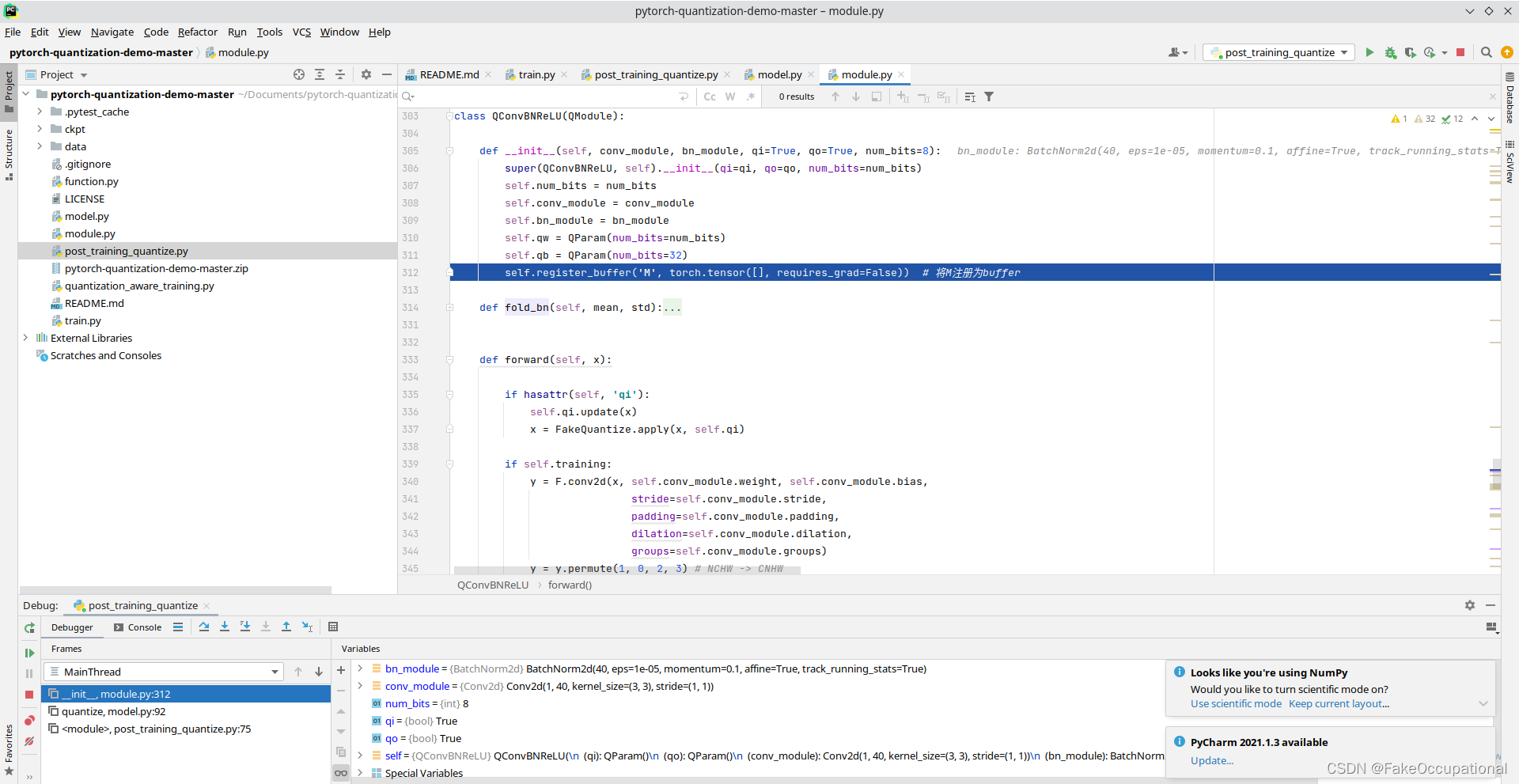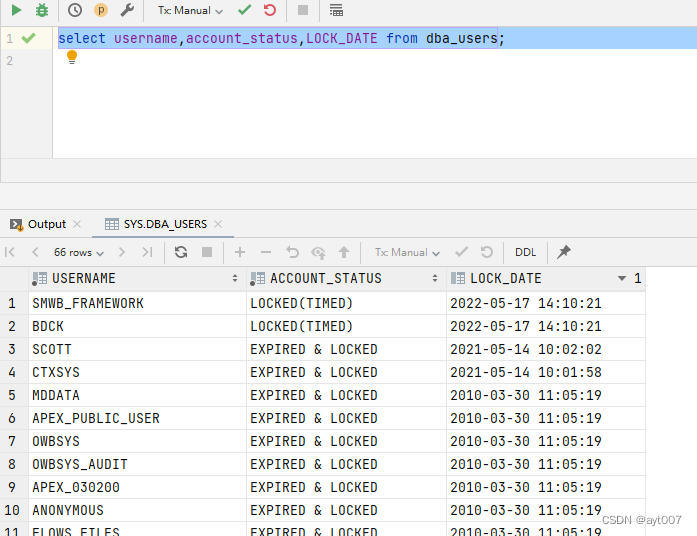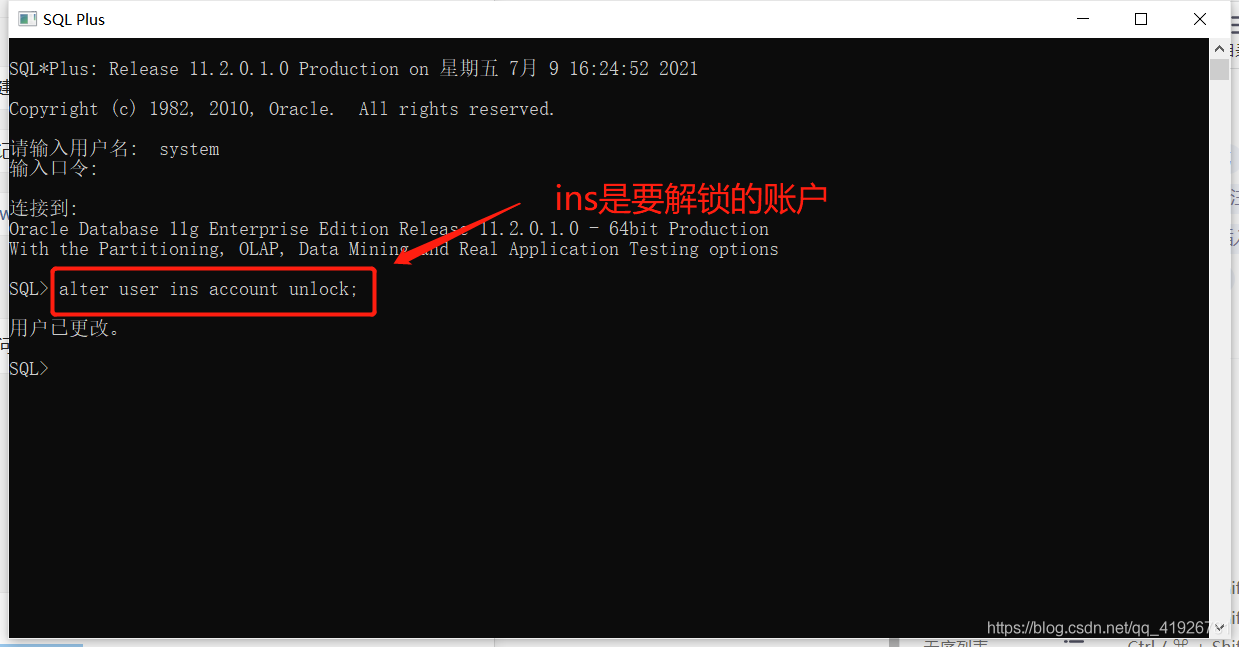标签:图论-仙人掌,DP-杂题
题目
题目传送门
Description
如果某个无向连通图的任意一条边至多只出现在一条简单回路(simple cycle)里,我们就称这张图为仙人掌图(cactus)。所谓简单回路就是指在图上不重复经过任何一个顶点的回路。

举例来说,上面的第一个例子是一张仙人图,而第二个不是——注意到它有三条简单回路:(4,3,2,1,6,5,4)、(7,8,9,10,2,3,7)以及(4,3,7,8,9,10,2,1,6,5,4),而(2,3)同时出现在前两个的简单回路里。另外,第三张图也不是仙人图,因为它并不是连通图。显然,仙人图上的每条边,或者是这张仙
人图的桥(bridge),或者在且仅在一个简单回路里,两者必居其一。定义在图上两点之间的距离为这两点之间最短路径的距离。定义一个图的直径为这张图相距最远的两个点的距离。现在我们假定仙人图的每条边的权值都是1,你的任务是求出给定的仙人图的直径。
Input
输入的第一行包括两个整数n和m(1≤n≤50000以及0≤m≤10000)。其中n代表顶点个数,我们约定图中的顶点将从1到n编号。接下来一共有m行。代表m条路径。每行的开始有一个整数k(2≤k≤1000),代表在这条路径上的顶点个数。接下来是k个1到n之间的整数,分别对应了一个顶点,相邻的顶点表示存在一条连接这两个顶点的边。一条路径上可能通过一个顶点好几次,比如对于第一个样例,第一条路径从3经过8,又从8返回到了3,但是我们保证所有的边都会出现在某条路径上,而且不会重复出现在两条路径上,或者在一条路径上出现两次。
Output
只需输出一个数,这个数表示仙人图的直径长度。
Sample Input
15 39 1 2 3 4 5 6 7 8 37 2 9 10 11 12 13 105 2 14 9 15 10 8
Sample Output
8HINT
对第一个样例的说明:如图,6号点和12号点的最短路径长度为8,所以这张图的直径为8。
分析
大爷的神题解
code
#include<iostream>
#include<cstdio>
#include<cstdlib>
#include<cmath>
#include<cstring>
#include<algorithm>
#define rep(i,a,b) for(int i=a;i<=b;i++)
#define dep(i,a,b) for(int i=a;i>=b;i--)
#define ll long long
#define mem(x,num) memset(x,num,sizeof x)
#define reg(x) for(int i=last[x];i;i=e[i].next)
using namespace std;
inline ll read()
{ll f=1,x=0;char ch=getchar();while(ch<'0'||ch>'9'){if(ch=='-')f=-1;ch=getchar();}while(ch>='0'&&ch<='9'){x=x*10+ch-'0';ch=getchar();}return x*f;
}
const int maxn=5e4+6;
int n,m,cnt,tim,ans,last[maxn],deep[maxn],f[maxn],low[maxn],dfn[maxn],fa[maxn];
int a[maxn*2],que[maxn*2],l,r;
struct edge{int to,next;}e[20000006];
void insert(int u,int v){e[++cnt]=(edge){v,last[u]};last[u]=cnt;e[++cnt]=(edge){u,last[v]};last[v]=cnt;
}
void dp(int root,int x){int tot=deep[x]-deep[root]+1;for(int i=x;i!=root;i=fa[i])a[tot--]=f[i];a[tot]=f[root];tot=deep[x]-deep[root]+1;rep(i,1,tot)a[i+tot]=a[i];que[1]=1;l=r=1;rep(i,2,2*tot){while(l<=r&&i-que[l]>tot/2)l++;ans=max(ans,a[i]+i+a[que[l]]-que[l]);while(l<=r&&a[que[r]]-que[r]<=a[i]-i)r--;que[++r]=i;}rep(i,2,tot)f[root]=max(f[root],a[i]+min(i-1,tot-i+1));
}
void dfs(int x){low[x]=dfn[x]=++tim;reg(x)if(e[i].to!=fa[x]){if(!dfn[e[i].to]){fa[e[i].to]=x;deep[e[i].to]=deep[x]+1;dfs(e[i].to);low[x]=min(low[x],low[e[i].to]);}else low[x]=min(low[x],dfn[e[i].to]);if(dfn[x]<low[e[i].to]){ans=max(ans,f[x]+f[e[i].to]+1);f[x]=max(f[x],f[e[i].to]+1);}}reg(x)if(fa[e[i].to]!=x&&dfn[x]<dfn[e[i].to])dp(x,e[i].to);
}
int main()
{n=read(),m=read();rep(i,1,m){int k=read(),s=read();rep(i,2,k){int x=read();insert(s,x);s=x;}}dfs(1);cout<<ans<<endl;return 0;
}
![BZOJ4784 [Zjoi2017]仙人掌](http://www.lydsy.com/JudgeOnline/upload/201703/11.jpg)
















